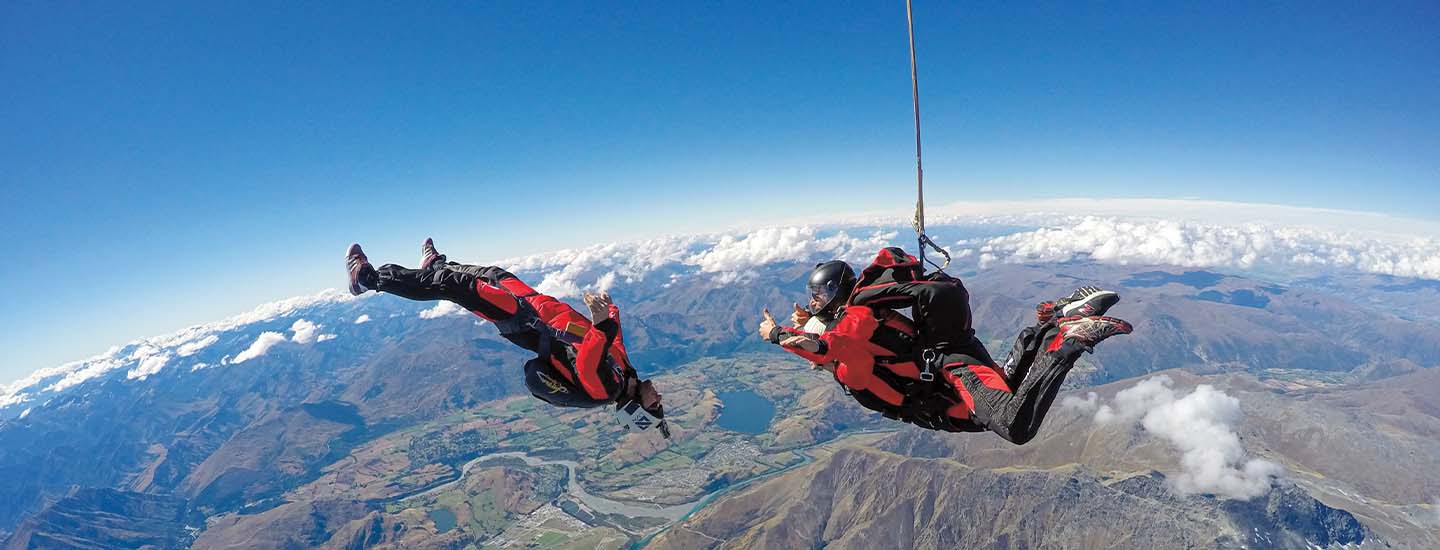Imagine climbing a volcano, jumping off the edge of a cliff, or sliding down a giant sand dune. You can do all that and more in New Zealand! The country in the Pacific Ocean has many types of landforms—natural features of Earth’s surface—including canyons, glaciers, and underground caves. Millions of people from all over the globe flock to New Zealand each year to explore, photograph, and brave those spectacular wonders.
The country is an archipelago (ar-kuh-PEH-luh-goh), or a group of islands. The two largest are North Island and South Island—but there are about 600 altogether. The islands are part of a large landmass called Zealandia, most of which is underwater. Geologists believe Zealandia broke off from Antarctica about 100 million years ago.

